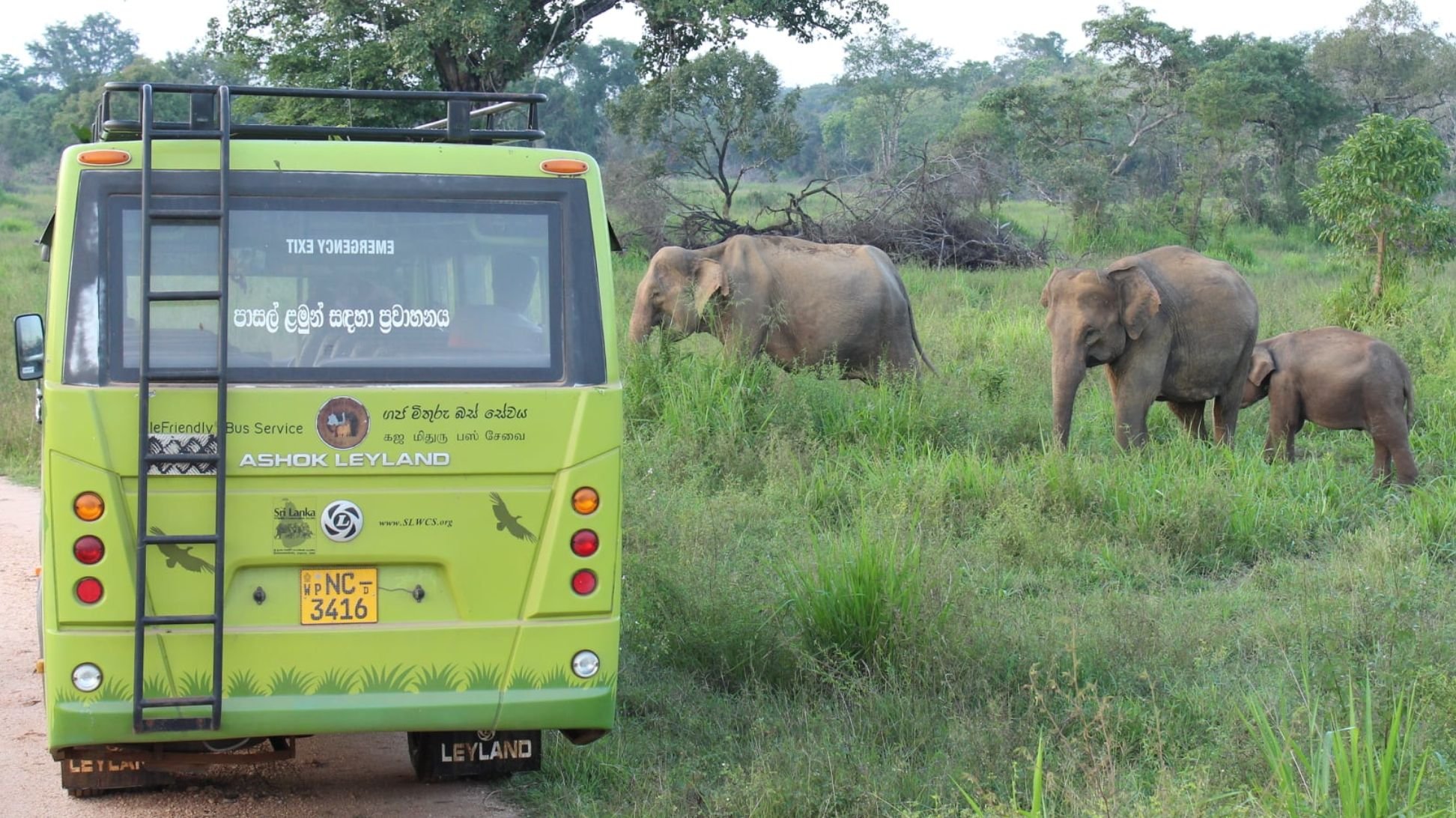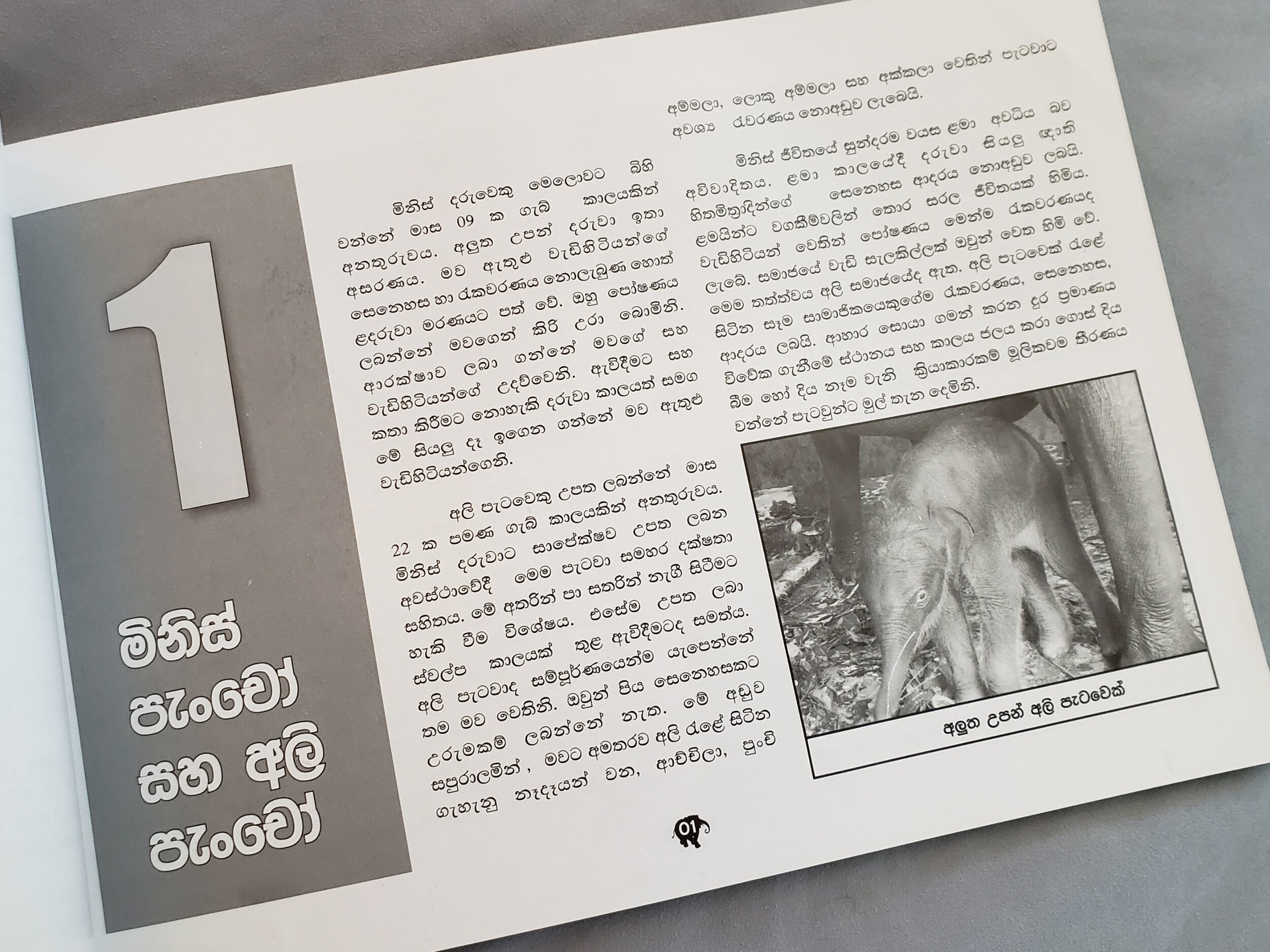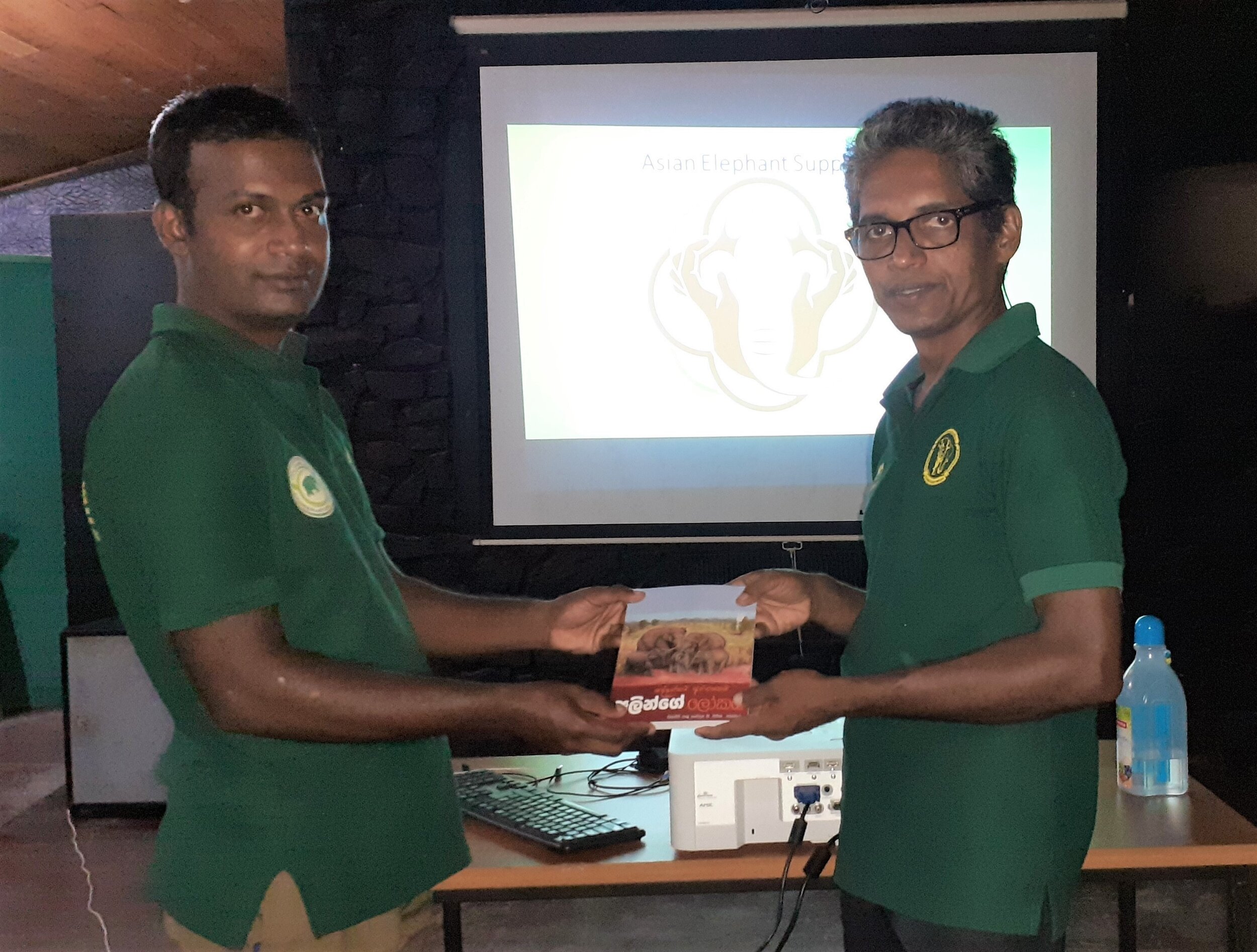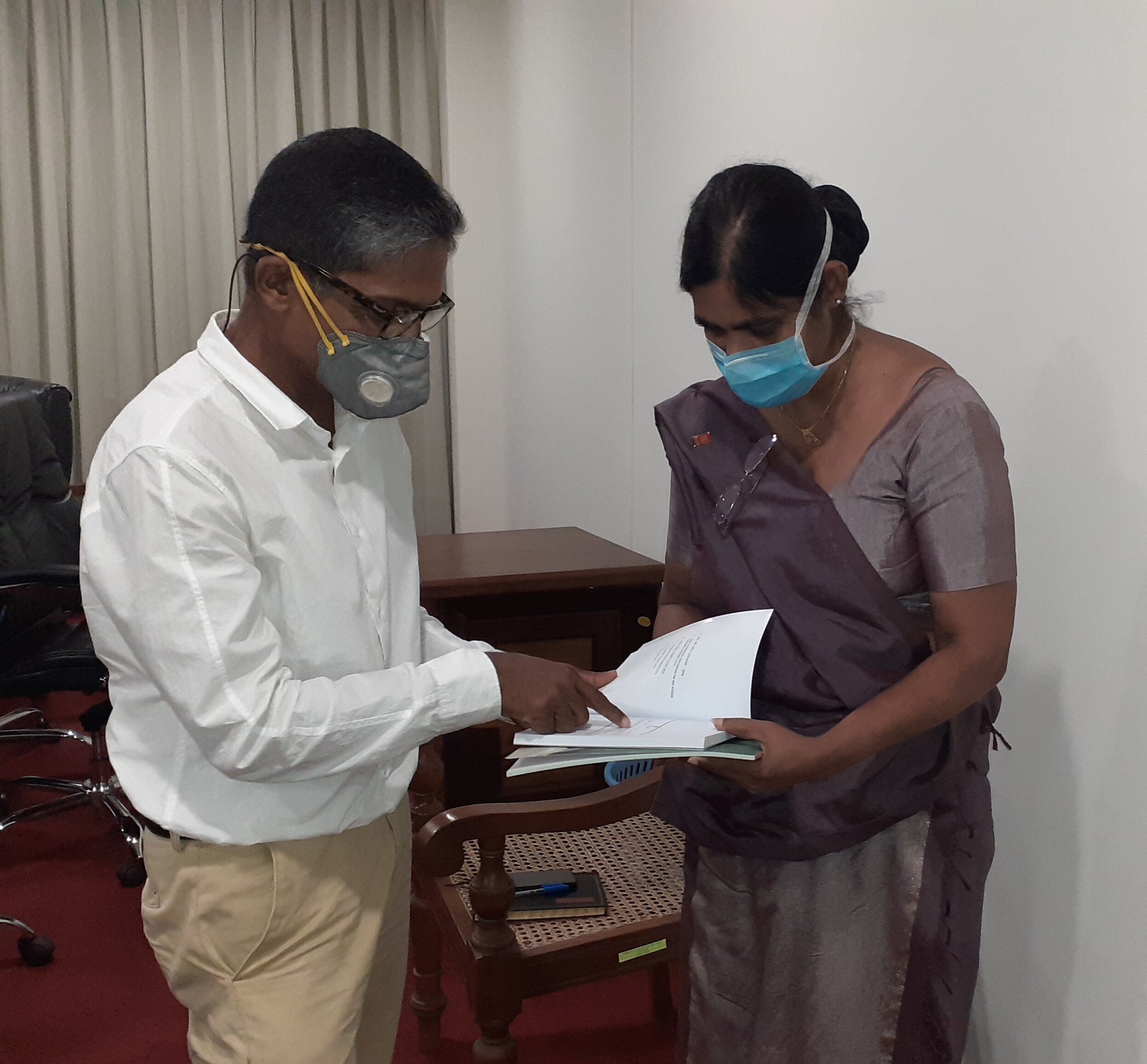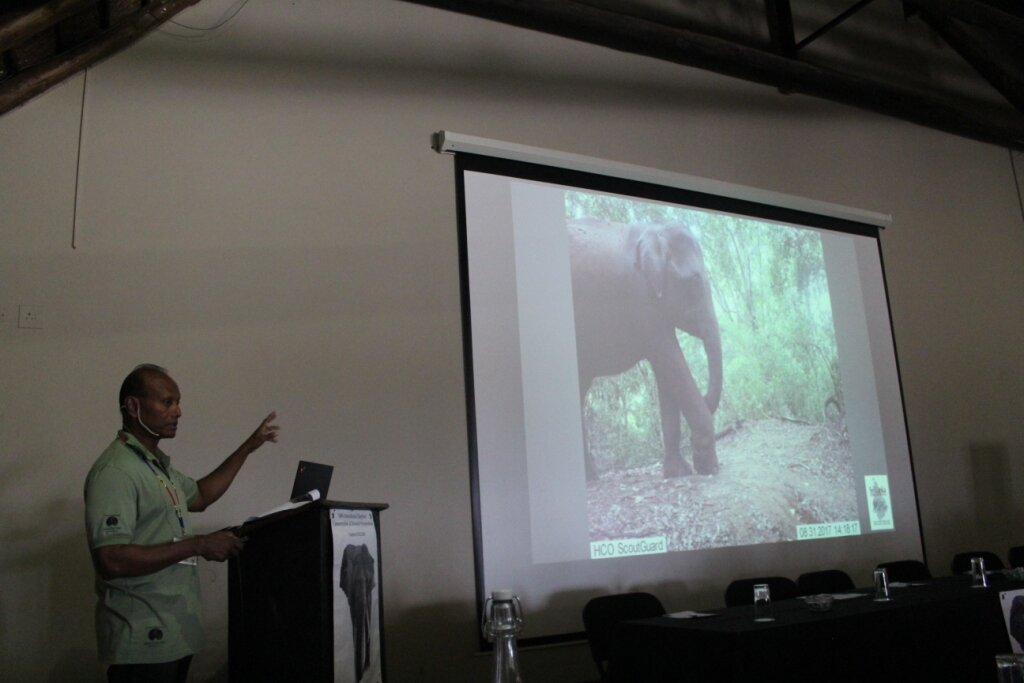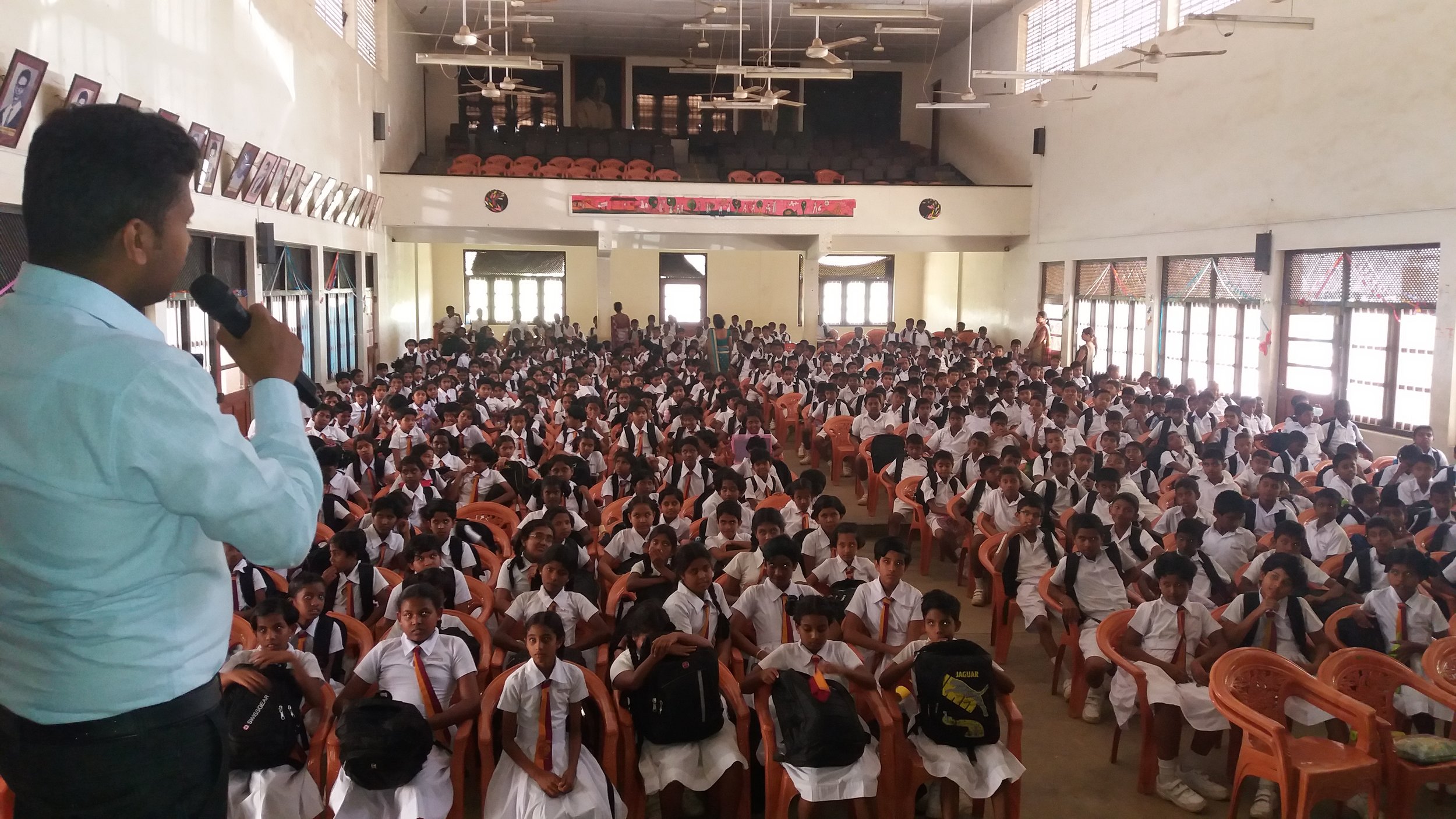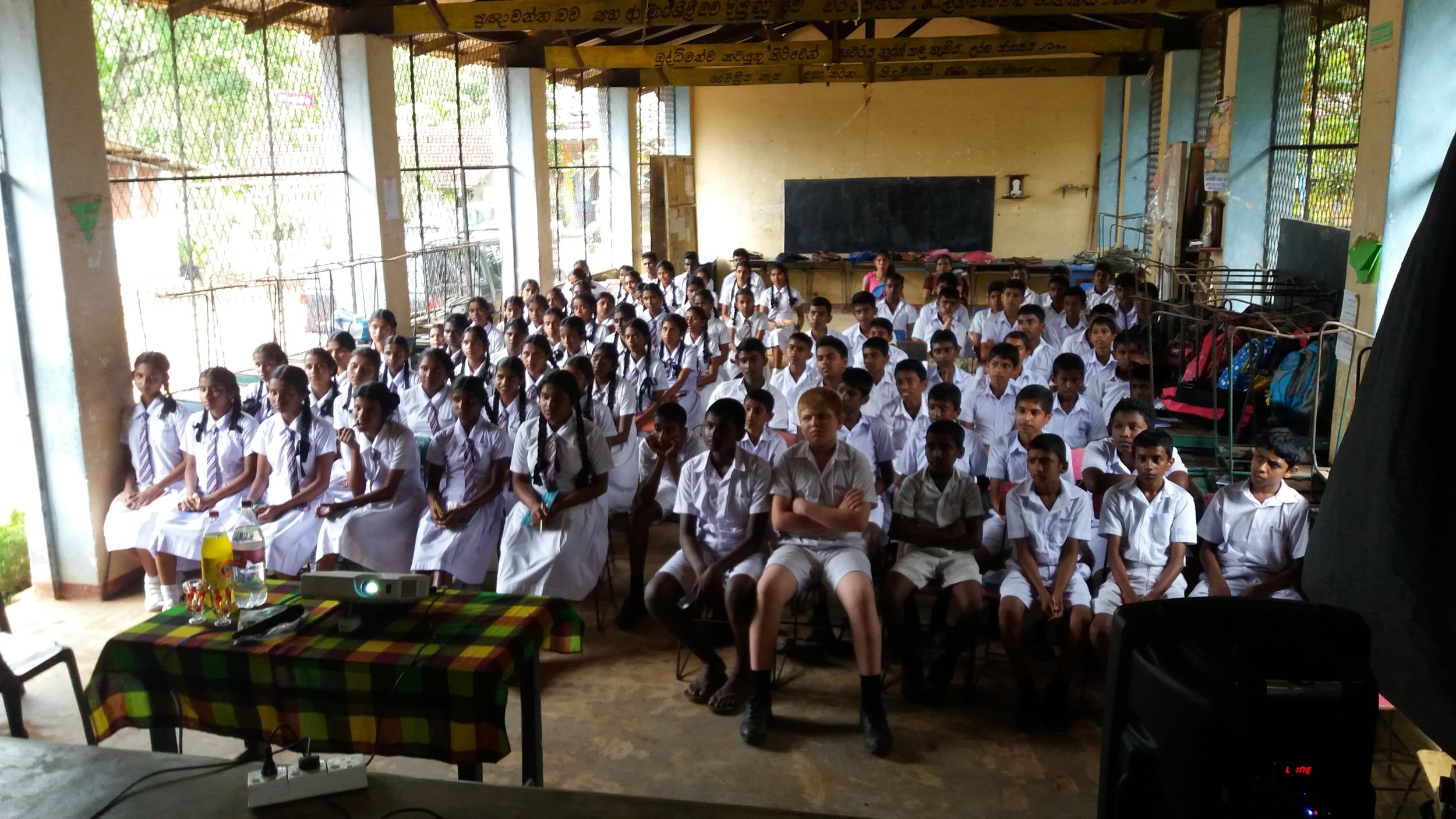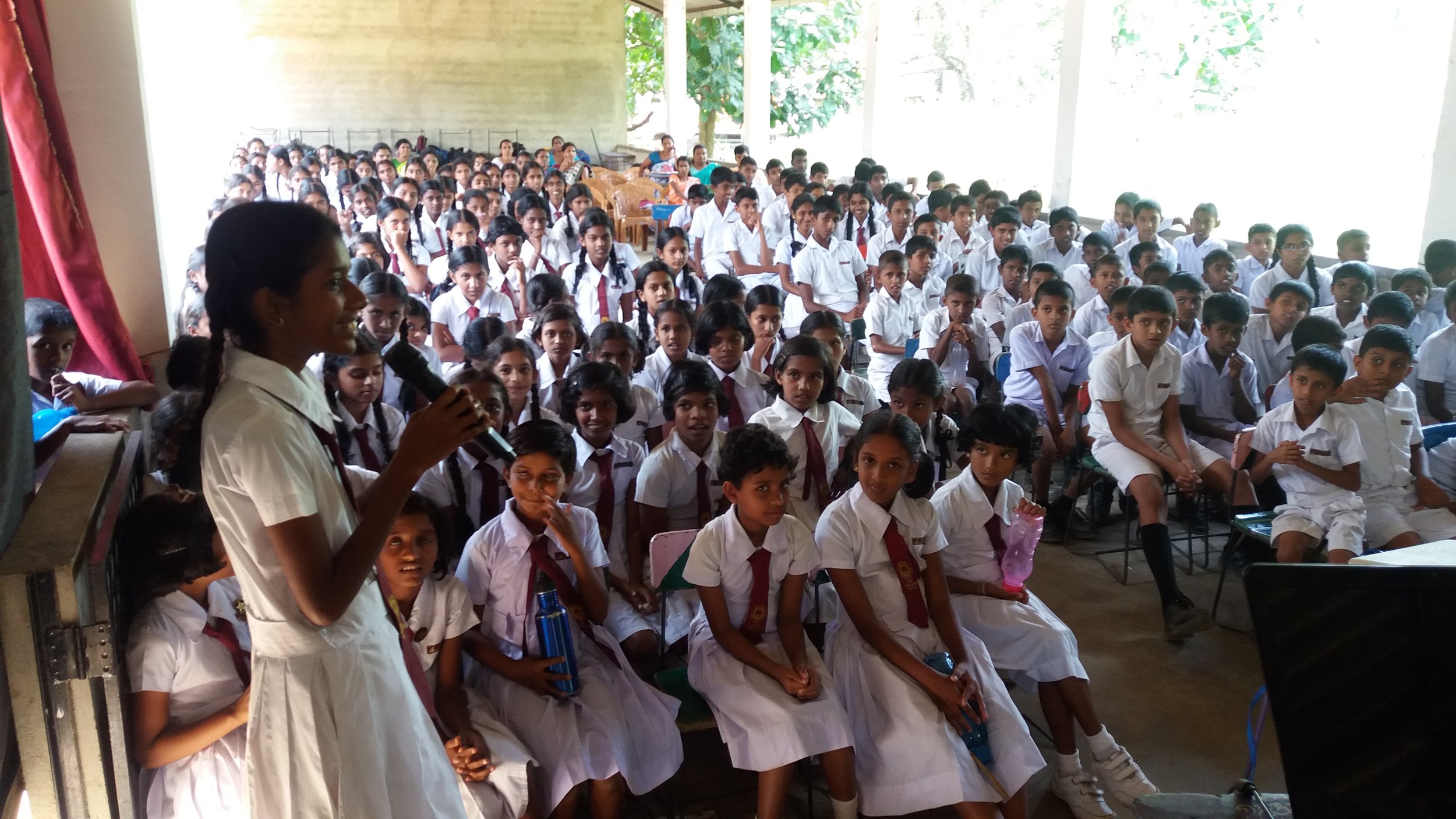Starting August 15, Asian Elephant Support is launching PROJECT DODAM and joining with the Sri Lanka Wildlife Conservation Society (SLWCS) to support their efforts to mitigate human-elephant conflict using a unique method to help protect both the people and elephants of Sri Lanka.
THE ISSUE:
The Sri Lankan people and elephants often compete to exist using the same habitat and resources. One elephant dies every day as a result of intensifying human-elephant conflict across the nation. Many of these deaths are because elephants are entering farmlands and raiding crops the community is growing to sustain themselves. The farmers fear for their lives and livelihoods when elephants move in and destroy all the crops the community needs to feed themselves and make a living. Communities feel they need to take action to stop the raid or prevent them from coming back, sometimes resulting in the death of an elephant.
THE SOLUTION:
Researched by the SLWCS, the organization has developed a way for farmers to provide for themselves and their families by growing citrus trees that elephants dislike and that mask the scent of other crops that are grown inside of the orchards. This variety of orange tree has a bitter rind and in fact is not the traditional orange color we associate with the fruit. It's GREEN! There are two components to making this plan work. The first is the immediate installation of electric fences surrounding farmlands to protect them and the people in the community. The second is working to grow the crops to the point where they can act as the permanent, natural barrier and allow for the removal of the electric fence, which can then be moved to a new location and used in the establishment of another orchard for a different community. It will take approximately three years for the trees to mature to the point where the fences can be removed.
Asian Elephant Support has already funded the portion required for the electrical fences. Now we need YOUR help for the rest! Join us in supporting SLWCS by raising the remaining $12,750 needed to complete this project and help the elephants and people of Sri Lanka! These funds will go to purchasing:
Orange tree saplings
Water pipes
Water tanks
Pump systems
Miscellaneous planting equipment and tools
HOW TO SUPPORT:
PROJECT DODAM APPAREL - Available for a limited time!
From August 15th through September 17th, click here and purchase your exclusive Project Dodam gear! 100% of the proceeds from the sales will directly benefit Project Dodam. Choose from a variety of styles and colors and wear your support for the protection of Sri Lankan elephants!
Prices include FREE SHIPPING within the U.S.!
DONATE TO PROJECT DODAM
Is your closet already full? No worries. You can donate to Project Dodam via PayPal or credit card on our secure website. Your donations add up and will make this project a success. Here is how your generosity can be put to work:
$5 buys 4 orange trees (5,000 trees needed)
$10 buys 10 feet of water line (2,000 feet needed)
$40 buys the tools needed to plant and maintain the trees (25 sets needed)
$150 buys a water tank needed to store rain water in remote communities (5 tanks needed)
$275 buys a water pump to operate the system (10 pumps needed)
TO DONATE, CLICK HERE!
Make your donation by October 15th and help us to reach our goal to raise $12,750!
Additionally, now through October 15th, all donations made on Venmo will go directly to Project Dodam. So you can help save Sri Lankan elephants from your phone!
Join us in efforts to mitigate human-elephant conflict and help the people and elephants of Sri Lanka. Thank you!






